By Frank Quinn
For many, the fascination of military history lies in the “What if …” What if Hitler had not ordered the Luftwaffe to shift from bombing RAF airfields to bombing London in 1940? What if Saddam had pushed on through Kuwait into northern Saudi Arabia, denying coalition forces the use of Saudi airfields to launch their counterattack? Many of the defining events in history turn on the fate of a single decision, a decision whose import is not always evident to the participants. For Napoleon’s Grande Armeé, that fateful day of decision was October 25, 1812.
Napoleon’s invasion of Russia set the stage for his downfall and the destruction of the Grande Armée. The long march to Moscow and the bloody Battles of Smolensk and Borodino lay the planks for the army’s coffin; a little-known battle in a town southwest of Moscow at Maloyaroslavets and the fatal council of war pushed on the lid, with the long torturous retreat driving in the nails.
Battle of Borodino
Following the bloody Battle of Borodino, Napoleon and his Grande Armée had at last reached the gates of Moscow. Victory was in sight. With his army in possession of the Russian capital, Napoleon believed it was only a matter of time before Alexander sued for peace and the long, costly campaign would end as all the others had, in victory. This campaign had been like no other Napoleon had fought: The Russian strategy of trading space for time had frustrated his ability to bring them to battle and had dangerously thinned his army as he was forced to guard his long and tenuous supply line back to France.
The Battle of Borodino on September 7, 1812, had at last provided Napoleon with a chance for the decisive battle he had sought on the long road from the Niemen River. The battle, like the campaign, however, proved to be a hollow triumph, the Grande Armée ending the day in possession of the field but at horrible cost—some 30,000 men. More importantly, the battle had shaken Napoleon and his army’s confidence. At the height of the struggle, with the chance for a decisive victory in his grasp, the Viceroy Eugène implored him to employ the Guard against the Russian center. Napoleon hesitated. “I will not demolish my Guard,” he answered.
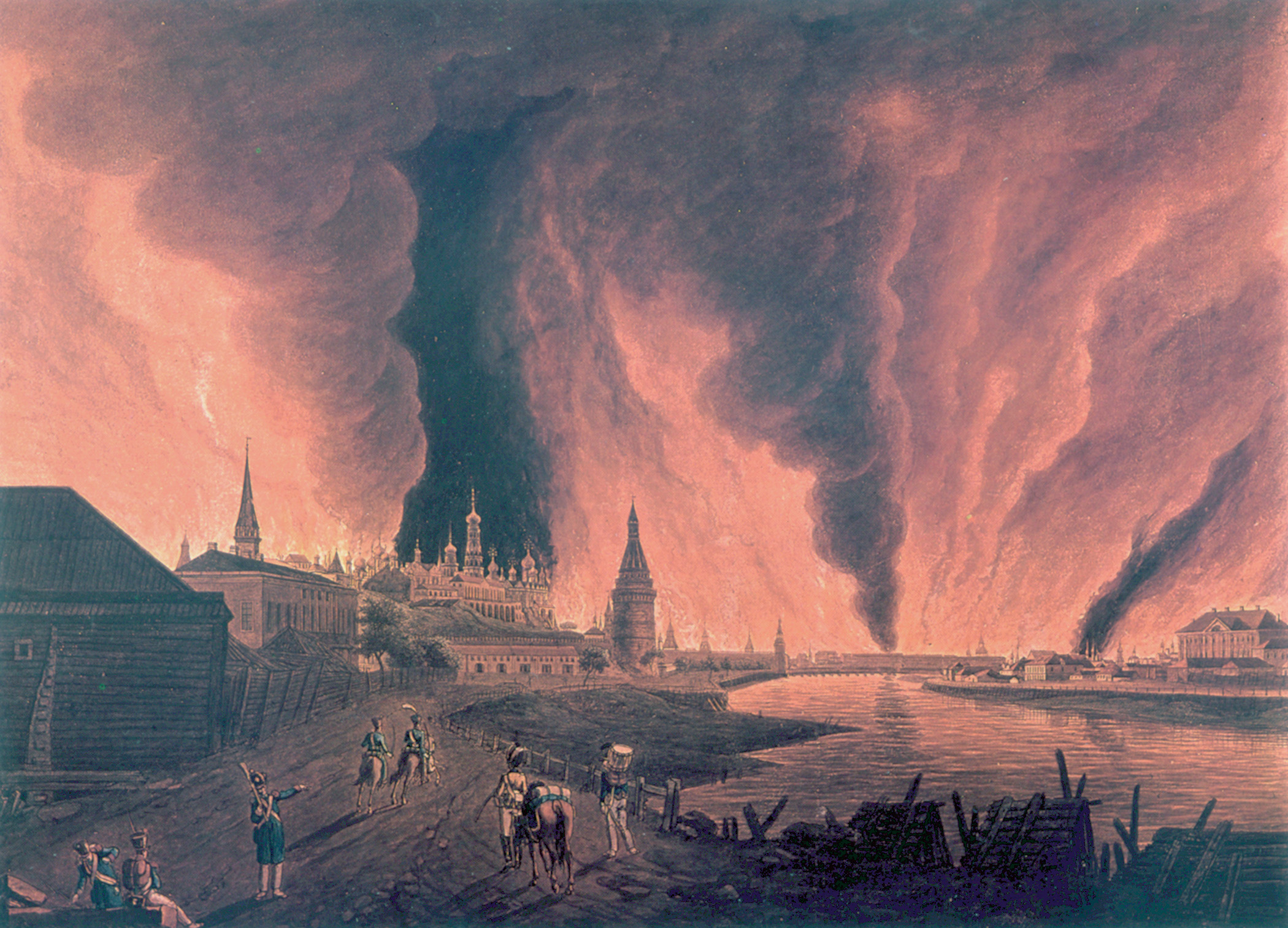
Marshals Louis Berthier and Joachim Murat agreed. Berthier “urged him not to engage the only Corps in the army that remained intact and ought to be kept so for future occasions.” Napoleon and his marshals were aware how far away they were from France and how much they risked by tempting fate. The great gambler, who had always believed in his destiny, had blinked—he would not take the risk. The seed of doubt planted at Borodino would grow to fruition on the field of Maloyaroslavets, with harsh consequences.
Napoleon’s Options for Retreat
Throughout September and into October, Napoleon waited in the palaces of the Czar for Alexander’s gesture of negotiation. He waited in vain. Alexander offered no terms and refused to meet with envoys. He had sworn to remove the French from Russian soil and he intended to keep that promise. As he had from the beginning, Alexander intended to allow the expanse of Russia itself to wear on the French. Six hundred miles from their starting point on the Niemen River and 1,400 miles from the security of France, Napoleon and his army were not looking forward to spending the winter in Moscow. It was time to consider a retreat, but by which route and how far?
Napoleon faced three options. First was a withdrawal to the northeast toward Kalinin and Velikiye Luki. Doing so would allow the French to shorten their supply lines by bringing them closer to the security of friendly Lithuania and to threaten St. Petersburg at the same time. However, the prospect of moving farther north with winter looming was deemed too risky to chance. The second option was to retreat back along their line of advance, the Smolensk-Vyazm-Moscow road. This was uninviting because the retreating Russians and advancing French had picked it clean of food and forage. Moreover, this center route would take the Grande Armée through the carnage of the Borodino battlefield, a dreadful prospect.
That left the southern route through Kaluga via Maloyaroslavets to the southwest. This route would allow the Grande Armée to pass through land not already ravaged by the war and rejoin the main Vilna-Vitebsk-Smolensk road where Napoleon had painstakingly gathered supplies to maintain his army.
The Southern Road to Smolensk
Realizing he could wait no longer, Napoleon ordered preparations for a return via the Kaluga Gate and the southern road to Smolensk. Since the French Army had entered Moscow, the main Russian Army had been encamped south-southeast of the city in the vicinity of Taruntina. This placed the Russians across the Old Kaluga Road and astride the projected route of Napoleon’s army. Opposite them sat the corps of Murat and Marshal Josef Poniatowski. Since mid-September, an uneasy if often-violated truce had been in place along this front. Napoleon’s plan was to send Viceroy Eugène’s corps southwest down the New Kaluga Road, while he and the bulk of the main army left Moscow via the Old Kaluga Road. He hoped to deceive the Russians into believing he was moving to engage them southeast of Moscow. If he could avoid a major engagement and evade the Russians, Napoleon would be able to place his army between Smolensk and the main Russian Army.
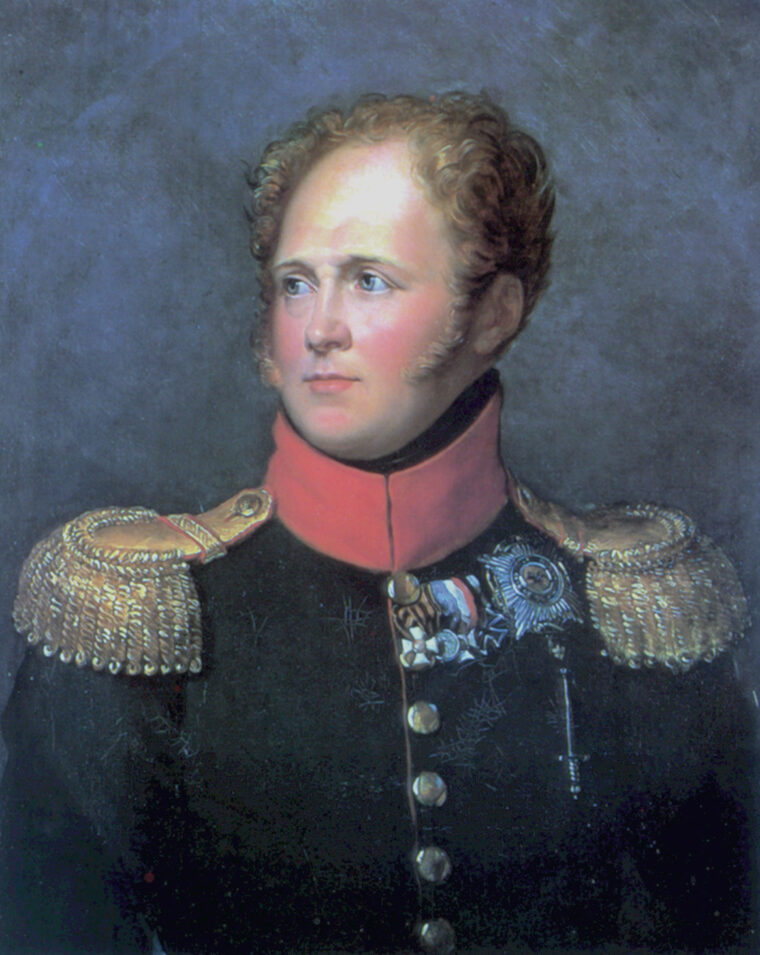
On October 13, Eugène’s corps left Moscow via the Kaluga Gate, and by the 16th they reached the village of Gorki some 10 miles south-southwest of Moscow. The Russians, however, had plans of their own. Alexander, realizing the state of the French Army, implored Field Marshal Mikhail Kutuzov, commander of the Russian forces, to attack. After some hasty preparations, Kutuzov set his forces in motion to attack Murat’s extended line at Vinkovo. Accordingly, at 7:00 am on October 18, the 7th and 8th Russian Corps under General Nicolay Raevski struck the right and center of Murat’s corps at Vinkovo. The initial assault met with some success. Raevski’s lead columns under Generals Mikhail Miloradovitch and Orlov-Densilov drove the French back through Vinkovo and threatened to cut the New Kaluga Road.
But the French recovered quickly. While Murat rallied the scattered remnants of his corps, Marshal Michel Ney and Poniatowski’s corps restored the situation and pushed the Russians back to the vicinity of Vinkovo. The crisis having been averted, Napoleon continued to move the army south. He and the Guard left Moscow on October 19 while Eugène and the vanguard reached Fominskaya, 25 miles to the south, on the 21st. In an attempt to take advantage of the latest Russian setback, and as a further deception, on October 20 Napoleon sent General Jacques Lauriston to Kutuzov’s headquarters with yet another request for a negotiated settlement. He held no real hopes that Alexander would come to terms. Rather, his intent was to delay any possible Russian reaction to his movements while his message was forwarded and he awaited a reply. On the 23rd, Napoleon’s rear guard left Moscow via the New Kaluga Road, while Napoleon began to shift the army from the Old Kaluga Road to the New Kaluga Road, sidestepping the main Russian Army. By the 22nd, Kutuzov began to sense something was up when his scouts informed him that the French vanguard under Eugène was heading toward Maloyaroslavets. Kutuzov hastily began to shift his forces to intercept them.
The Battle for Maloyaroslavets
The town of Maloyaroslavets is 57 miles southwest of Moscow and 25 miles north of Kaluga. Three key routes meet there: The Old Kaluga Road passes through the center of town, the Mulin Road is to the west, and the Tula Road is to the east. The town rests on the side and summit of a hill south of the Luzha River. From Moscow the town was only accessible to cavalry and artillery via a single wooden bridge spanning a ravine and the Luzha River. South of the river the terrain was just as foreboding. The southern bank of the Luzha River and the area east, west, and south of the town are heavily wooded and steep. Any assault force from the north would first have to secure the bridge across the Luzha, the town itself, and finally the heights beyond.
On the evening of October 23, Eugène’s lead infantry division—the 13th, under Alexis Delzons—reached the town ahead of General Dmitri Dokhturov and quickly moved to take up positions to hold the vital river crossing. He occupied the town, but not in force. Later that evening, Dokhturov’s forces reached the town and took up positions on the southern side of the ravine astride the three main routes. Dokhturov quickly ordered his Chasseurs into the town to dislodge the French before they could solidify their hold on the bridge and its crossing. Their initial charge carried the town, but the banks of the ravine provided cover for Delzons’ troops and the Russians were stopped short of the bridge. Throughout the early hours of the 23rd, the Russian Chasseurs fortified their position, but Dokhturov did not send in further reinforcements. The following morning, Delzons ordered a regiment of infantry forward in support. Their reckless charge cleared the Russians from the base of the bridge and would have cleared the town itself, except a Russian light artillery battery moved into position and fired three rounds of canister into the advancing column. The first halted the column, the second wavered it, and the third dispersed it.
As Delzons was attempting to regroup his forces, Eugène arrived with the remainder of his infantry and heavy artillery. An hour later Delzons’ regrouped forces, under cover of heavy fire, descended the banks of the ravine across the bridge and into the heart of the town. A bloody hand-to-hand struggle ensued for the center of town as each side threw more and more forces into the narrow streets. At first the momentum of the French charge gave them the upper hand. But Dokhturov’s forces, under cover of their own heavy guns, pushed the French back to the ravine. This left forces in possession of a church and some adjacent homes that commanded the northern approaches to the bridge. Delzons was killed attempting to retain his hold on the northern edge of the town. His successor, General Guillment, renewed the offensive. Prince Eugène called up elements of an additional division under General Broussier, which managed to regain the town square, but they could make no further progress against stiffening Russian defenses.
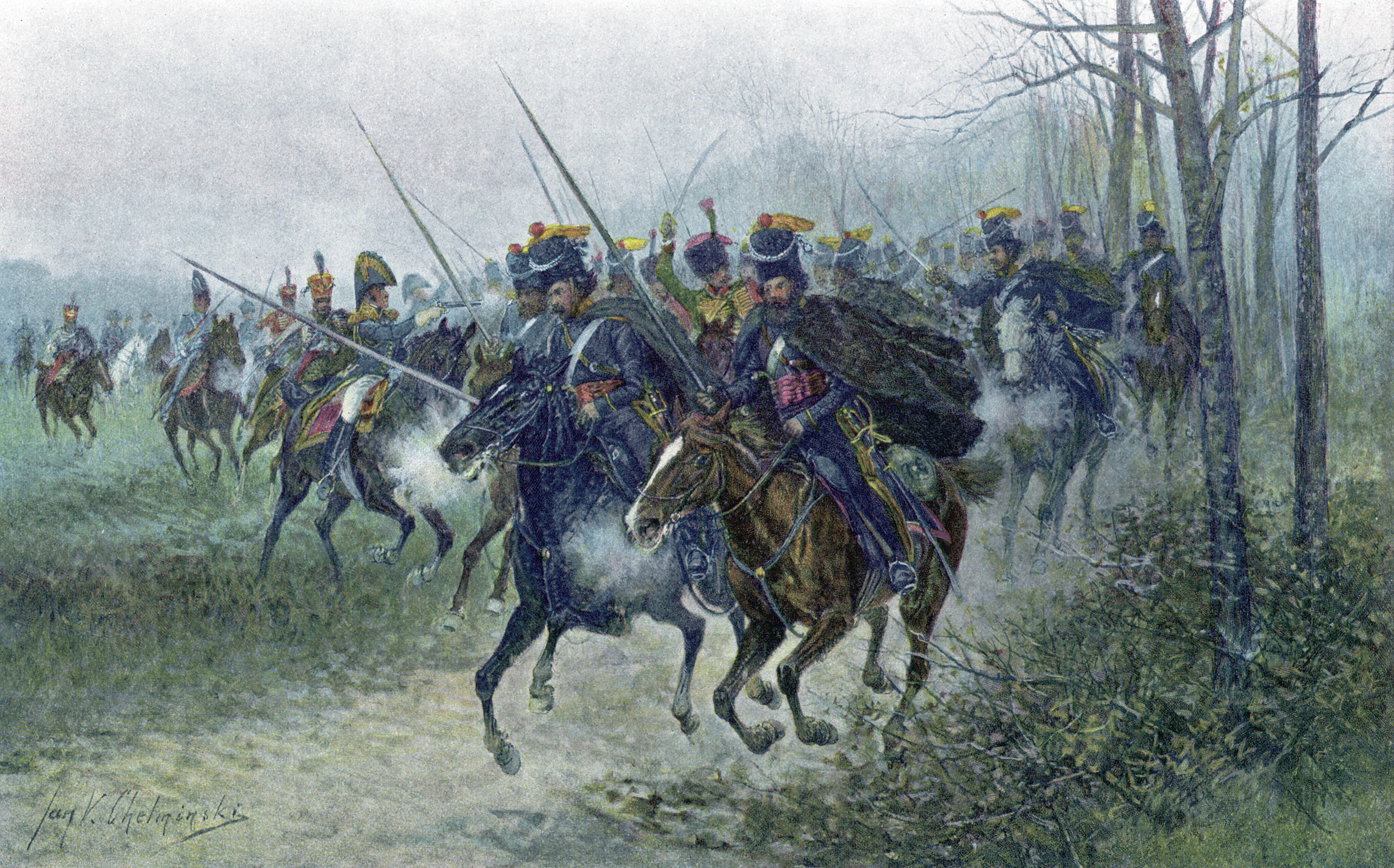
As the morning wore on, the bulk of the Grande Armée began to close on the town. Ney and Marshal Louis Nicolas Davout’s corps arrived first and Eugène began constructing a second bridge across the Luzha to bring across the remainder of Broussier’s 14th Infantry Division. As the arrival of further French reinforcements threatened to overpower his overstretched command, Dokhturov dispatched riders in a desperate call for reinforcements. The first to arrive were Grenadiers from Raevski’s corps who quickly swept into the town, forcing the French back yet again and threatening to trap the expanding French bridgehead on the southern side of the river.
The Grenadiers sent the French back through the heart of town to the church and the area south of the bridge. Eugène was forced to regroup his scattered elements yet again and answered this new Russian attack with General Pino’s 15th Infantry Division—the last of Eugène’s divisions. Pino’s division slammed into the exhausted Grenadiers at the ebb of their charge, forcing them away from the bridge and through the town square, finally halting on the edge of town in the face of Russian artillery on the heights above.
The French at last had gained complete control of the town, but the Russians still held the surrounding hills. The cost was high, some 20,000 French and Russian casualties, or about one-third of the forces of Eugène and Dokhturov’s respective corps. The town itself was all but destroyed; most of the buildings had been damaged and many were afire.
By 3 pm the French were gathering their forces to assault the heights beyond the town, but the timely arrival of the remainder of Raevski’s corps solidified the situation and denied the French their opportunity. As the afternoon wore into evening, both armies converged on the battlefield, taking positions on their respective sides of the Luzha River. Around 7:00 pm Napoleon and his staff arrived. Bonaparte was pleased with the efforts of Eugène’s corps and began making preparations to assault the heights in the morning.
Napoleon sent General Jean-Baptiste Bessières, the commander of his Old Guard and a trusted confidant, forward to survey the field and advise him on the morrow’s dispositions. The general reported that the Russian position on the far bank was “unassailable.” When questioned further by Napoleon, Bessières stated that “three hundred grenadiers up there would be enough to stop an army.”
Napoleon Calls for a Council of War
Once again Kutuzov had thwarted Napoleon’s maneuvers. As at Borodino, the Grande Armée’s effort had been for naught. The next morning, October 25, as Napoleon was surveying the Russian positions, a band of Cossacks burst from the nearby woods and attacked his escort, reportedly coming within 20 yards of Napoleon himself. His escort was able to repel the attack, but the incident had a profound effect on Napoleon and would shape the events about to come. In the face of an entrenched army to his front and now a direct threat to his person, Napoleon’s faith in his star, his destiny, was shaken to the core. That evening he took an unprecedented step in his career and called a council of war to decide the army’s next course of action.
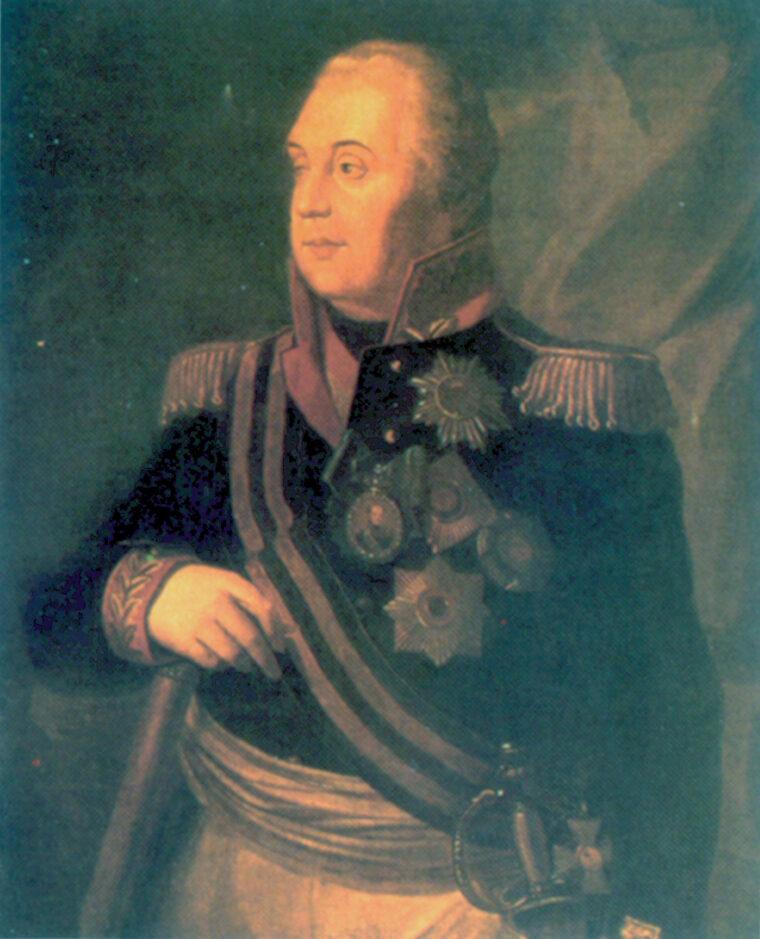
According to General Armand Caulaincourt, Napoleon’s Master of Horse, and General Philippe-Paul Ségur, Napoleon summoned Ney, Murat, Prince Eugène, Berthier, Davout, and Bessières and asked them which route the army should take to reach Smolensk—continue south to Kaluga, shift north and west to Medyn, or retreat north back toward Moscow and Mozhaysk? At first, sensing Napoleon’s mood, the assembled generals were quiet, then Murat spoke, “You may accuse me of imprudence once again, but, in war everything is decided by circumstance. When there is no choice but to attack, discretion becomes valor, and valor discretion. It is impossible to stop now, and dangerous to run away. We must pursue! What do we care for the threatening attitude of the Russians and their impenetrable forests? I laugh at them all! Just give me the remainder of the cavalry and the Old Guard and I’ll go into their woods, crush their battalions, overthrow everything and open the road to Kaluga for our army!” To this Napoleon replied, “I’ve had my fill of heroics! We’ve done far too much for glory. The time has come now for us to turn all our thoughts to saving the remains of the army.”
Bessières, probably hoping to avoid being placed under Murat’s command, quickly agreed with the Emperor, citing the Guard’s dwindling morale and the army’s inability to handle the task. He and the others pointed to the wounded from the previous day’s battle and argued that the army would not pay a further price for this land. Davout, hoping to salvage the situation, suggested that the attempt be made to bypass the Russian position to the north and west, through Medyn. This, he argued, would allow Napoleon to still utilize the southern approach to Smolensk and place the army between Smolensk and the Russians.
Murat, seizing a chance to attack a rival, accused Davout of leading the army to disaster, citing that such a maneuver would expose the army’s flank to the Russians. Instead, Murat refuted his earlier statement and suggested that the army retire north via Mozhaysk and the road back toward Moscow. Davout countered that to return north was to take the army across a virtual desert where it would wither and die. As the argument rose to a crescendo, Berthier and Bessières stepped between the two feuding marshals. Finally, a dejected and weary Napoleon had had enough. At the height of his despair he announced that he had decided the army would return north to Moscow via Bovorsk. The fate of the Grande Armée was sealed.
Kutuzov Considers Russia’s Next Move
Coincidentally, a similar meeting was taking place in the Russian camp. According to Sir Robert Wilson, the British liaison officer assigned to Kutuzov’s headquarters, at 11 pm Kutuzov called all the officers to his tent and vigorously announced his intention to stand and contest the crossing of the Luzha, stating that “he had determined to finish the war on that spot—to succeed or make the enemy pass over his body.” Orders were quickly issued and the Russian Army was deployed to contain the French bridgehead. Three hours later, at about 2 am, Kutuzov resummoned his generals and announced that he had changed his mind; he had received word that the army was in danger if it remained in position above Malo-yaroslavets. To ensure the army’s safety he ordered an immediate withdrawal back beyond Kaluga, to secure the army’s communications across the Oka River. Perhaps he feared Napoleon was using Eugène’s corps to pin his army in place while other elements of the Grande Armée crossed the Luzha at another point, trapping him against the river.
Wilson was incredulous, pleading with Kutuzov to reconsider. In an argument mirroring Davout’s to the north, he argued that to turn their back to an enemy to their front would doom the army and leave the route to Kaluga and Medyn for the French. Kutuzov did not heed his counsel. Instead he told Wilson that if pressed by the French he would move the army farther south across the Oka, 24 miles to the southeast. Like his French counterpart, he had had enough.
The French Army’s Infamous Retreat
On the 26th, both armies began preparations to depart, the French to the north and the Russians to the southwest. These preparations were noted by each army’s pickets and duly reported to higher headquarters. This was information neither commander wanted to hear—the hard-fought campaign had claimed the energy and confidence of each. The French advance guard under Davout turned away from the Medyn road and moved north toward Fominskaya; the infamous retreat had begun.
From the start things did not go well. Wagons full of provisions had to be burned for lack of horses. On the first day, as the French passed through the field of Borodino, Ségur wrote in his memoirs, “We saw a field, trampled, devastated and every tree shorn off a few feet above the earth. In the background stood a number of hummocks with their tops blown off, the highest of which seemed the most misshapen. The spot had the appearance of a flattened, extinct volcano. Everywhere the earth was littered with battered helmets and breastplates, broken drums, fragments of weapons, shreds of uniforms, and bloodstained flags. Lying amid this desolation were thirty thousand half-devoured corpses. The scene was dominated by a number of skeletons lying on the crumpled slope of one of the hills; death seemed to have established its throne up there. This was the terrible redoubt which had been the victory grave of Caulaincourt. All along our lines ran the sad murmur, ‘The field of the Great Battle.’” Hungry, demoralized, and with winter setting in, the remnants of the Grande Armée moved on.
That night Napoleon learned from a captured Russian soldier that the Russians were pursuing the French along the Medyn road, a route that would cut them off from Smolensk—the road Davout had counseled Napoleon to take after Maloyaroslavets. Each day the weather and hunger took its toll on the French as their losses in men and horses began to mount. The advance guard under Davout and Eugène and the rear guard under Ney were the only intact elements of the army; the remainder in between represented a roving mob more than the Grande Armeé.
On the night of November 2, the Russian advance guard, moving along the Medyn road, took up a position between the French and the town of Vyazma along the Moscow-Smolensk road. Compared to the battles before it, the number of men involved, and the casualties inflicted, the battle of Vyazma was hardly significant. What was significant was the condition of the Grande Armée and how it fought. The lack of horses hampered the movement of artillery, and the loss of discipline and order limited the units that could be brought into the battle. As Davout and Eugène engaged in an uneven contest with the Russian advance guard under Miloradovich, the last intact elements of the army were being sacrificed for the mob behind. As night closed on the field, the French had not cleared the road. Miloradovich had called for reinforcements, but his plea fell on deaf ears and the next day the French were able to push him from the road, resuming their way west.
Kutuzov considered his next move. He knew his army was in condition to continue to engage the French. But rather than doing so, he chose to give the honor of the victory to the freezing weather and the empty plains of Russia.
By the 6th the snow blew in and the Cossacks began to make their presence known. With each step, the toll on men and horses continued to mount, and at each town or obstacle soldiers fell off to the side. Units became separated and cohesion was lost. Three days later on the 9th, the Grande Armée would reach Smolensk, having lost over 50,000 men to death and desertion. More importantly, the army would enter Smolensk a broken force, an undisciplined mob, that would descend on the carefully hoarded French supplies like a swarm of locusts. With their supplies quickly exhausted the army could not remain in Smolensk, so on they went, into disaster. The Grande Armée of 600,000 men that had crossed the Niemen River in June would number just over 100,000 by December.
We will never know what the outcome would have been if the Grande Armée had pushed through Maloyaroslavets to Kaluga. Perhaps if the army had traveled over more fertile ground it would have been in better shape once it reached Smolensk and its vital supplies. The retreat from Moscow may then have only been a setback in Napoleon’s illustrious career, instead of the defining moment of his downfall. We do know in hindsight that the road was open, that Kutuzov would not have contested its passage.
Napoleon had always counted on his star to provide him insight into the mind of others. His faith in his own destiny had blazed a path of victory across the plains of Europe. But his star abandoned him on the cold, open steppes of Russia at the crossroads of Maloyaroslavets.
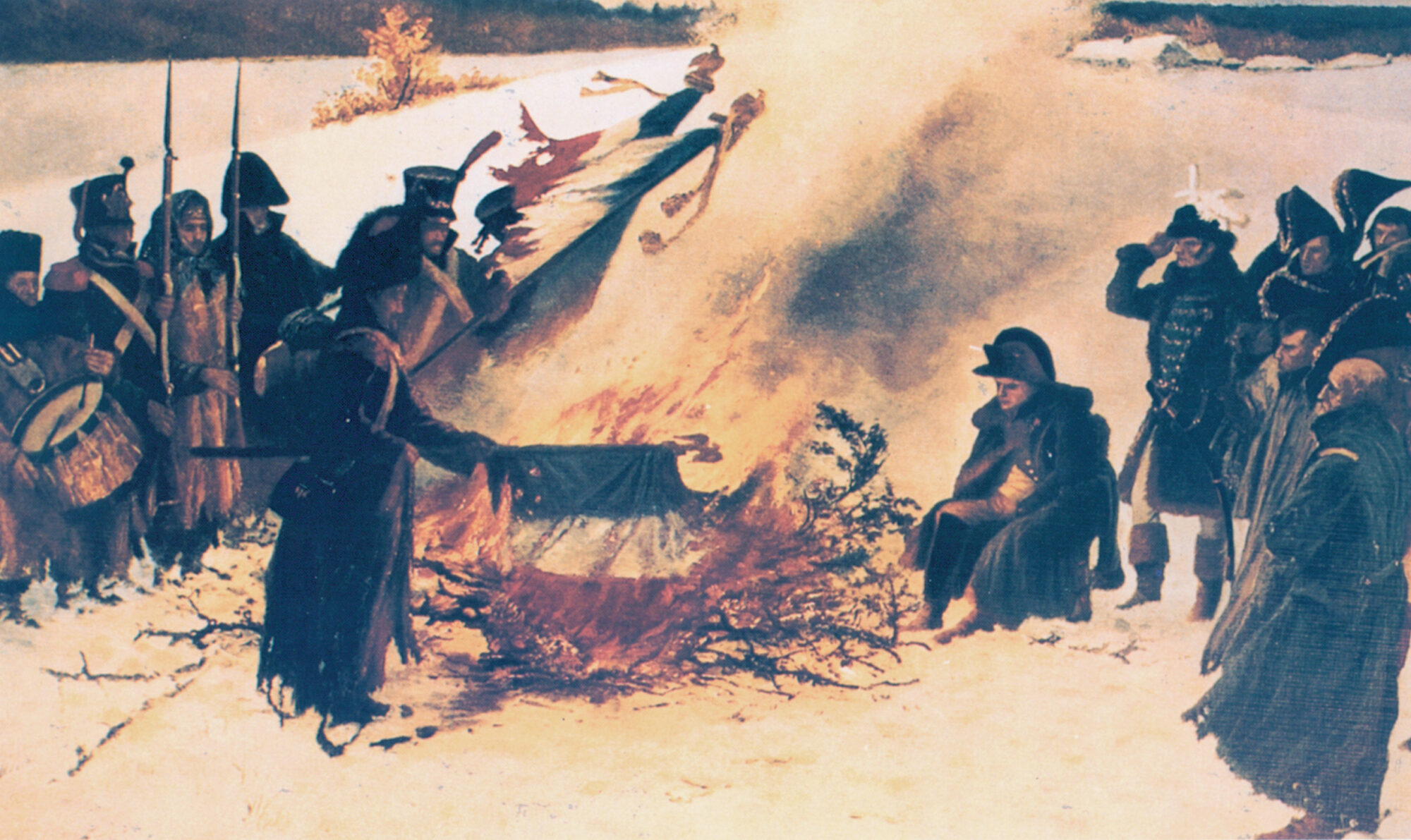
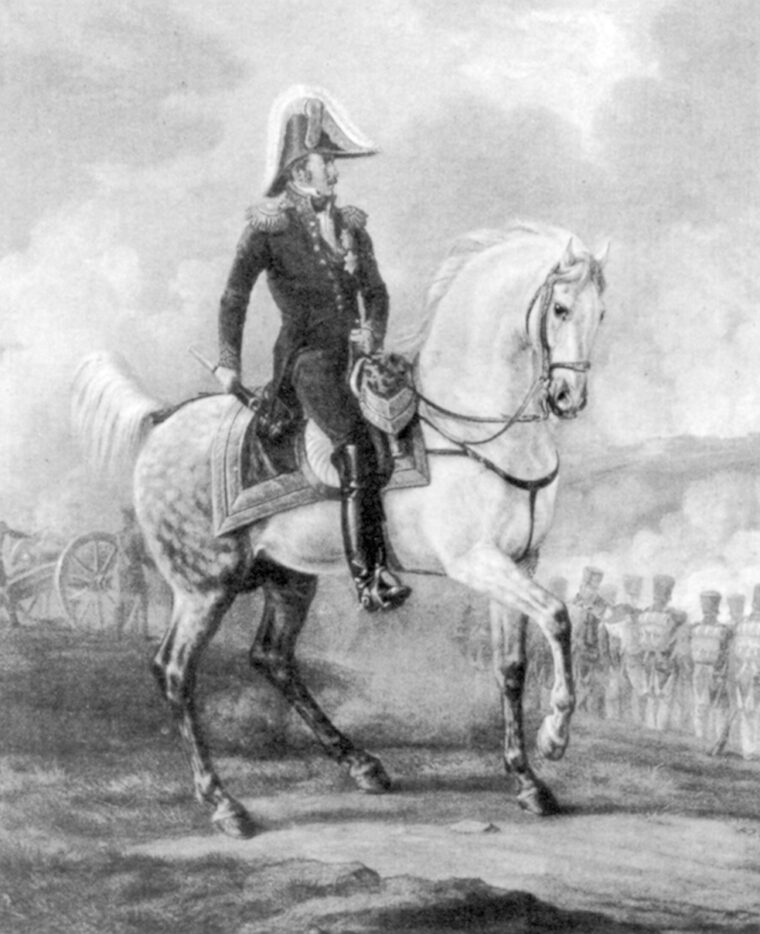
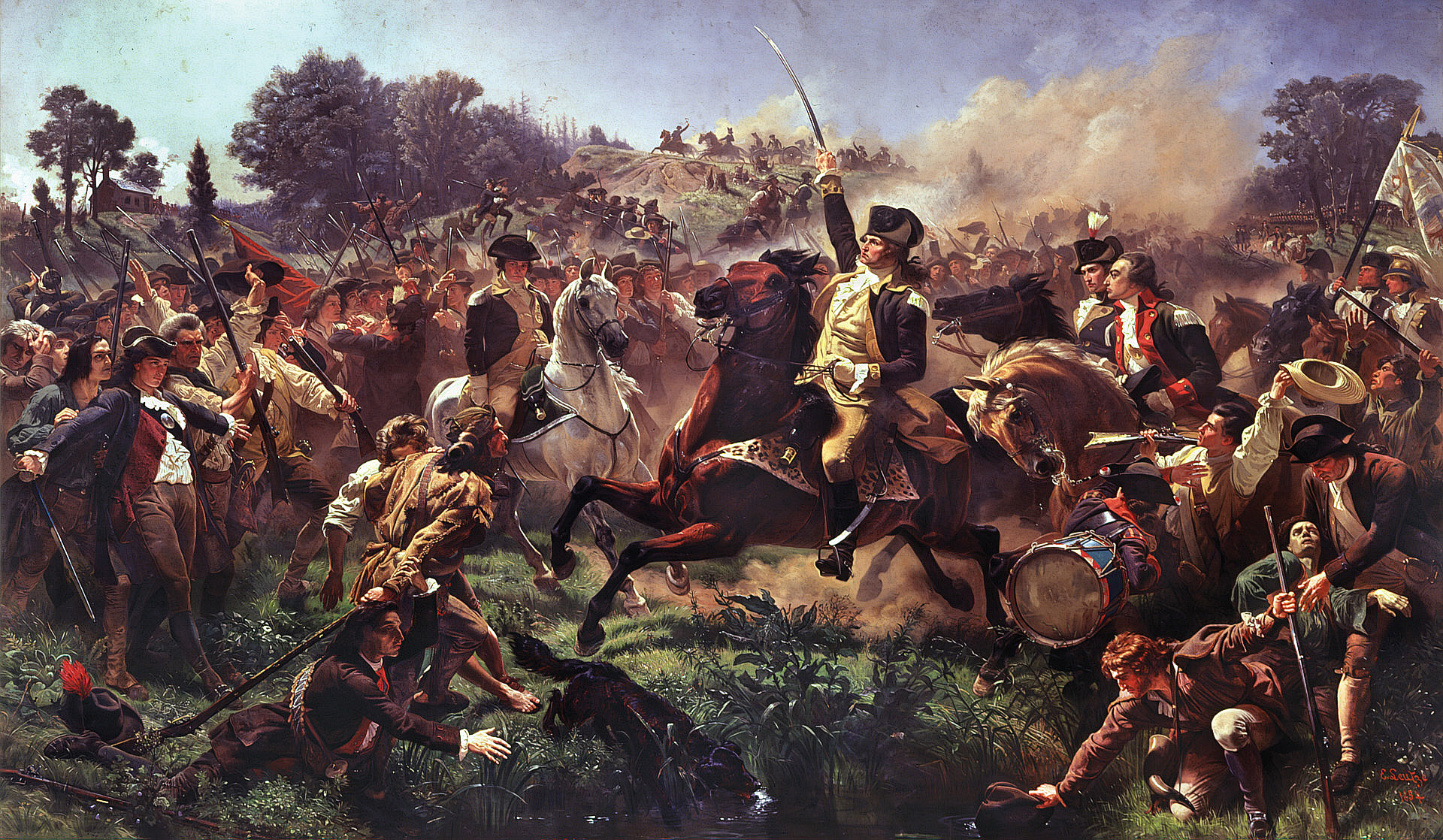
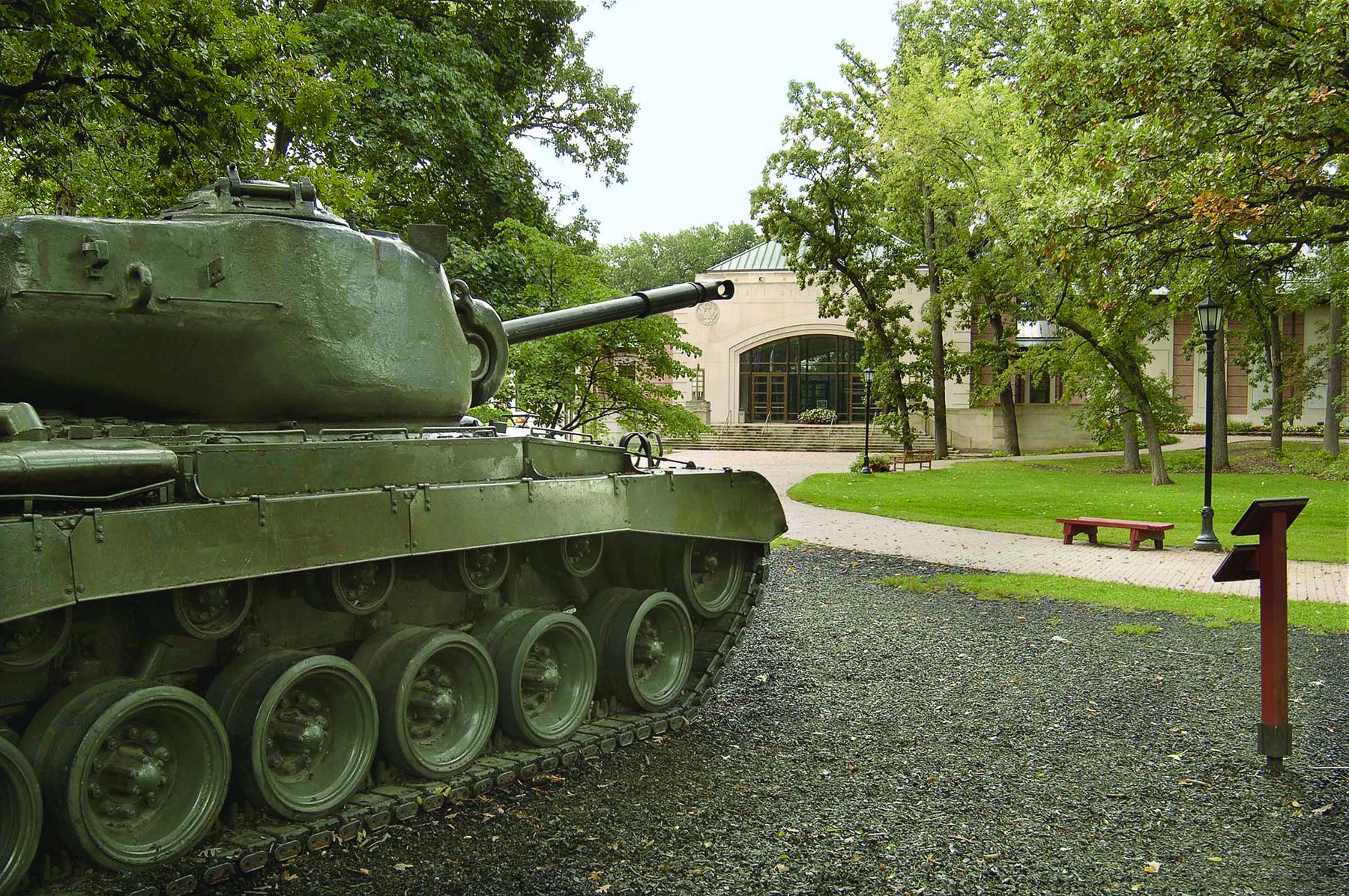
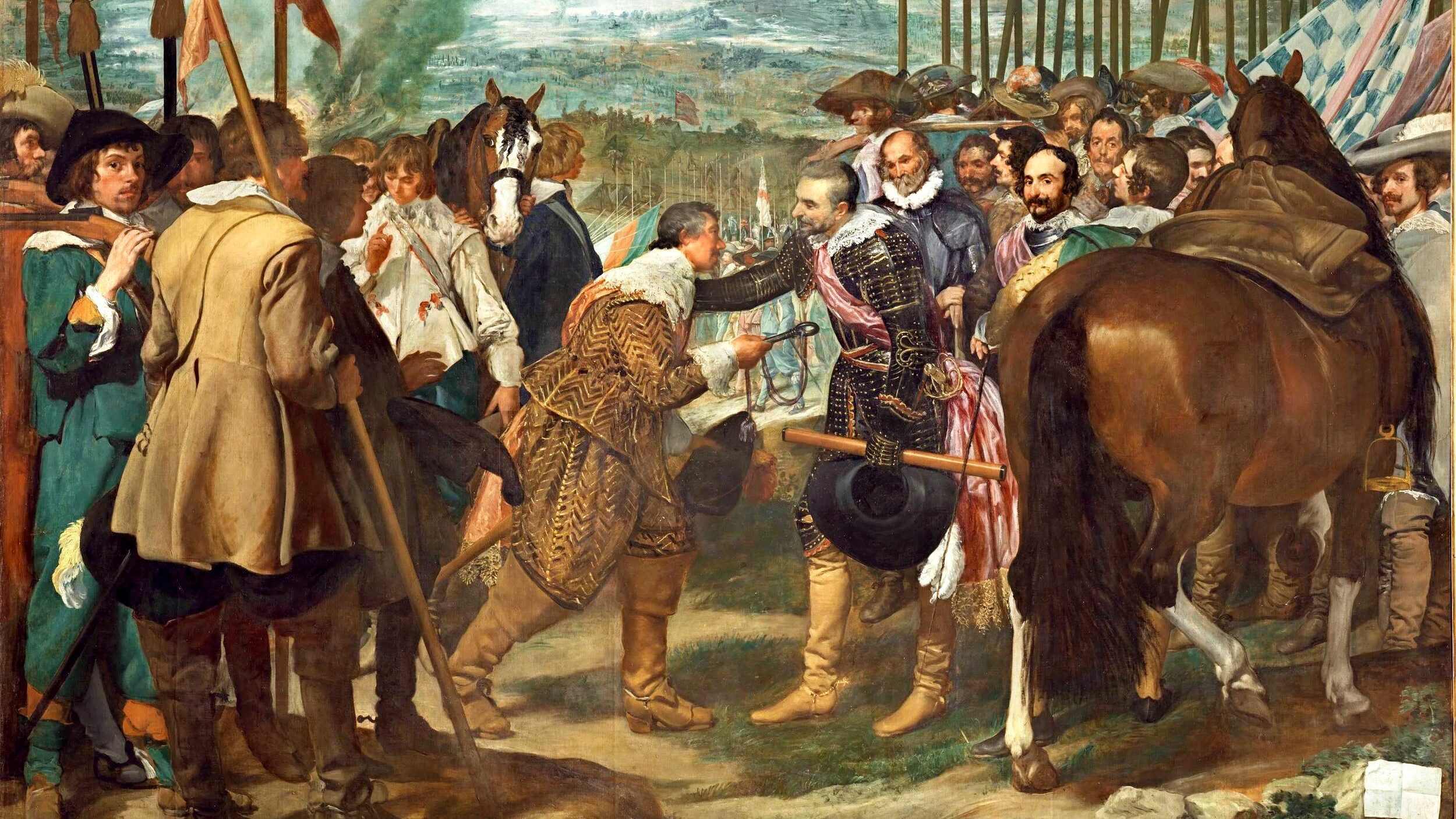
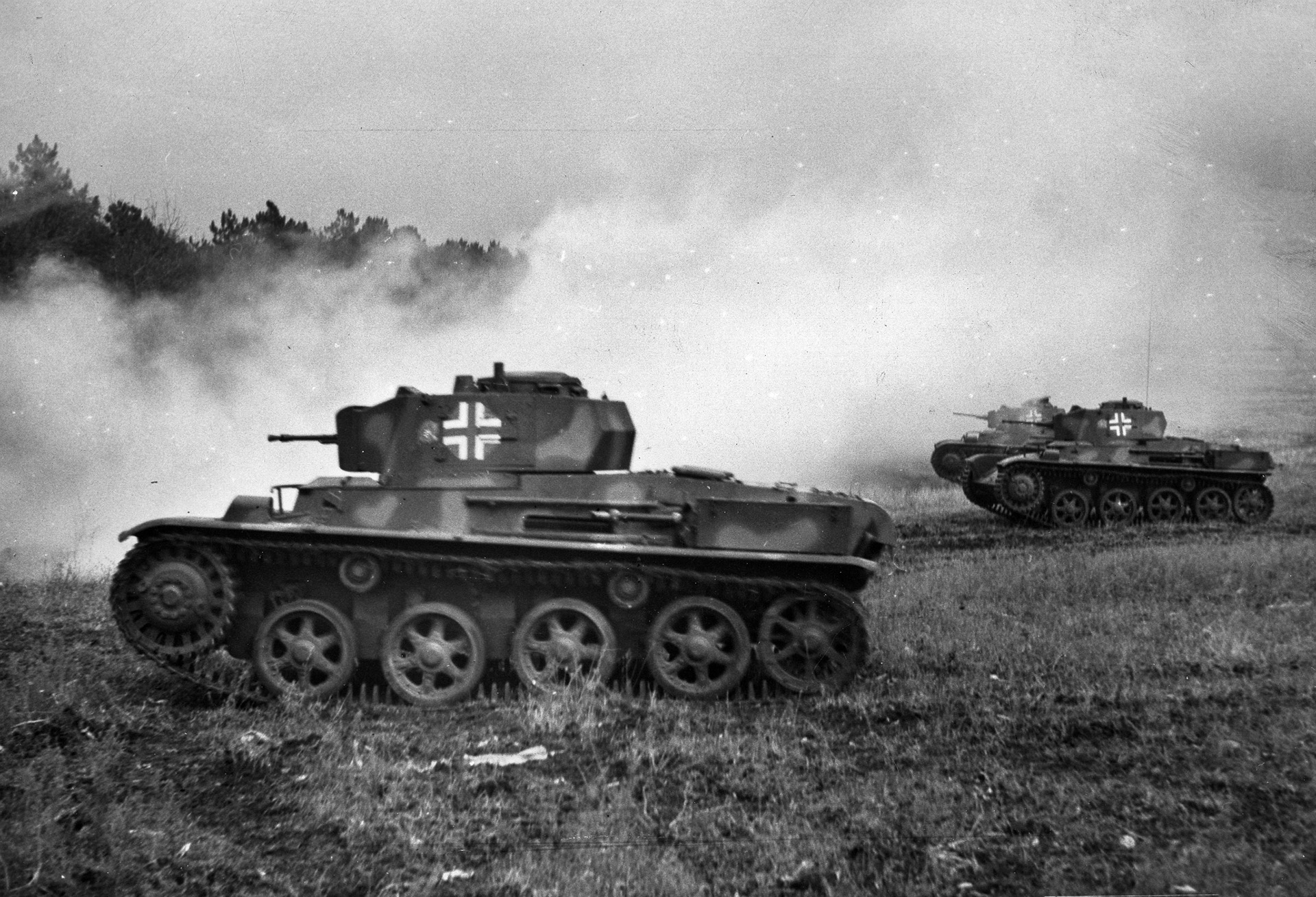
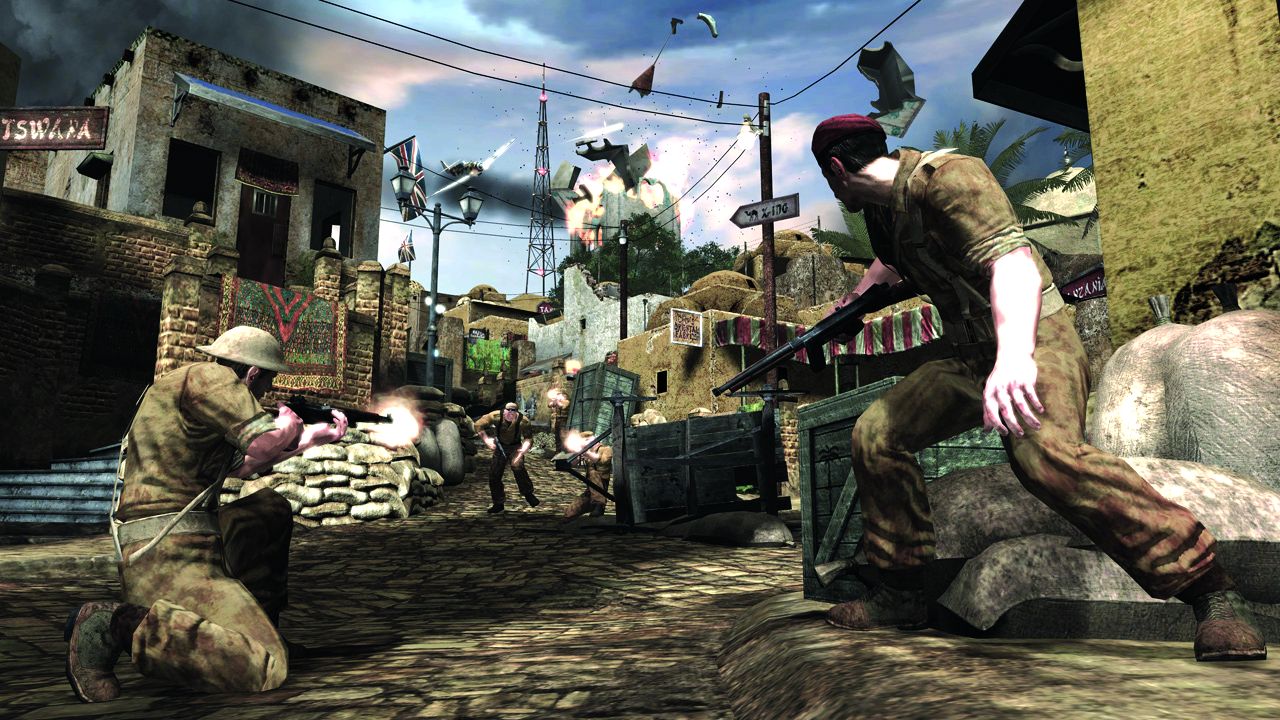
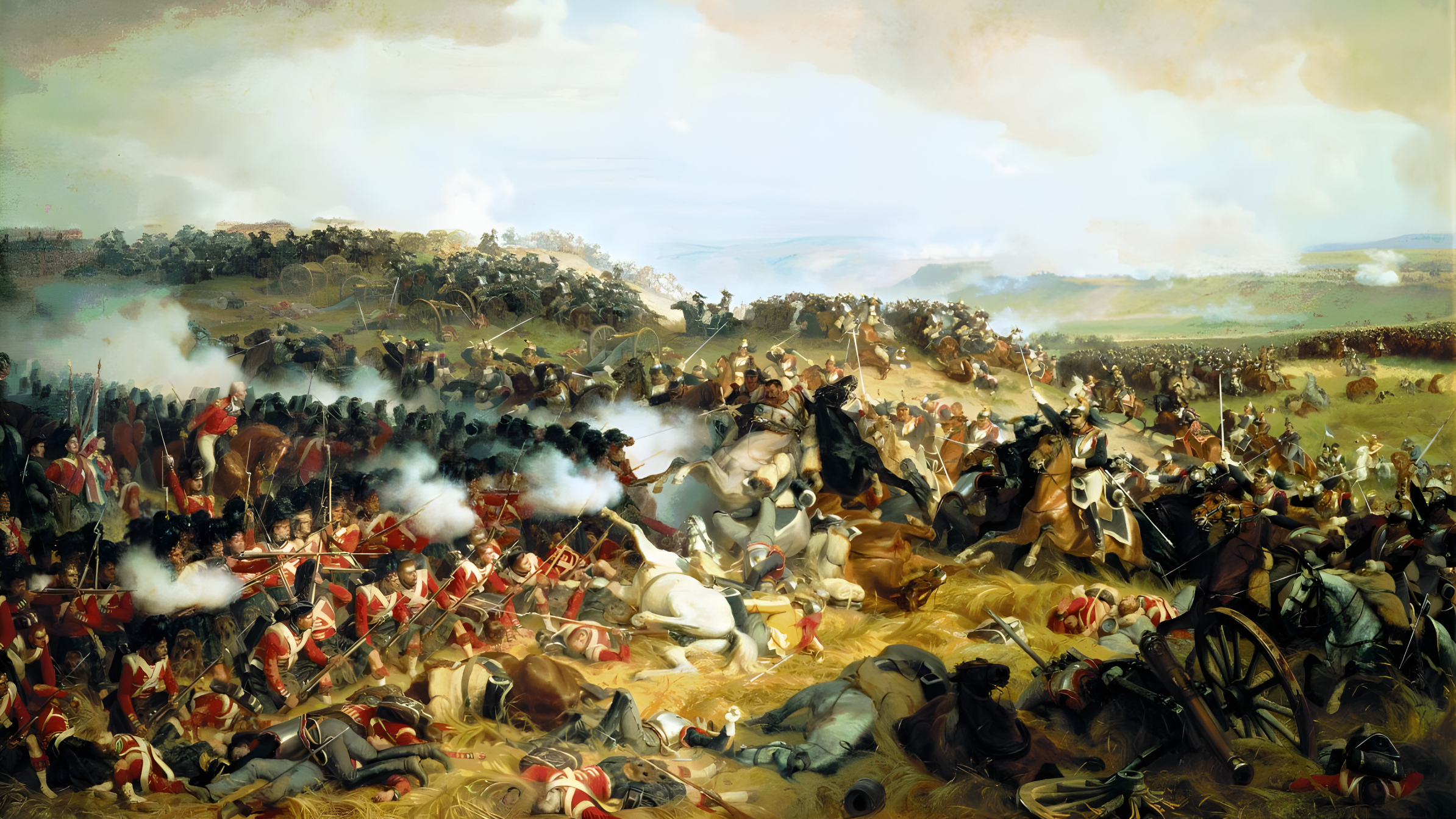
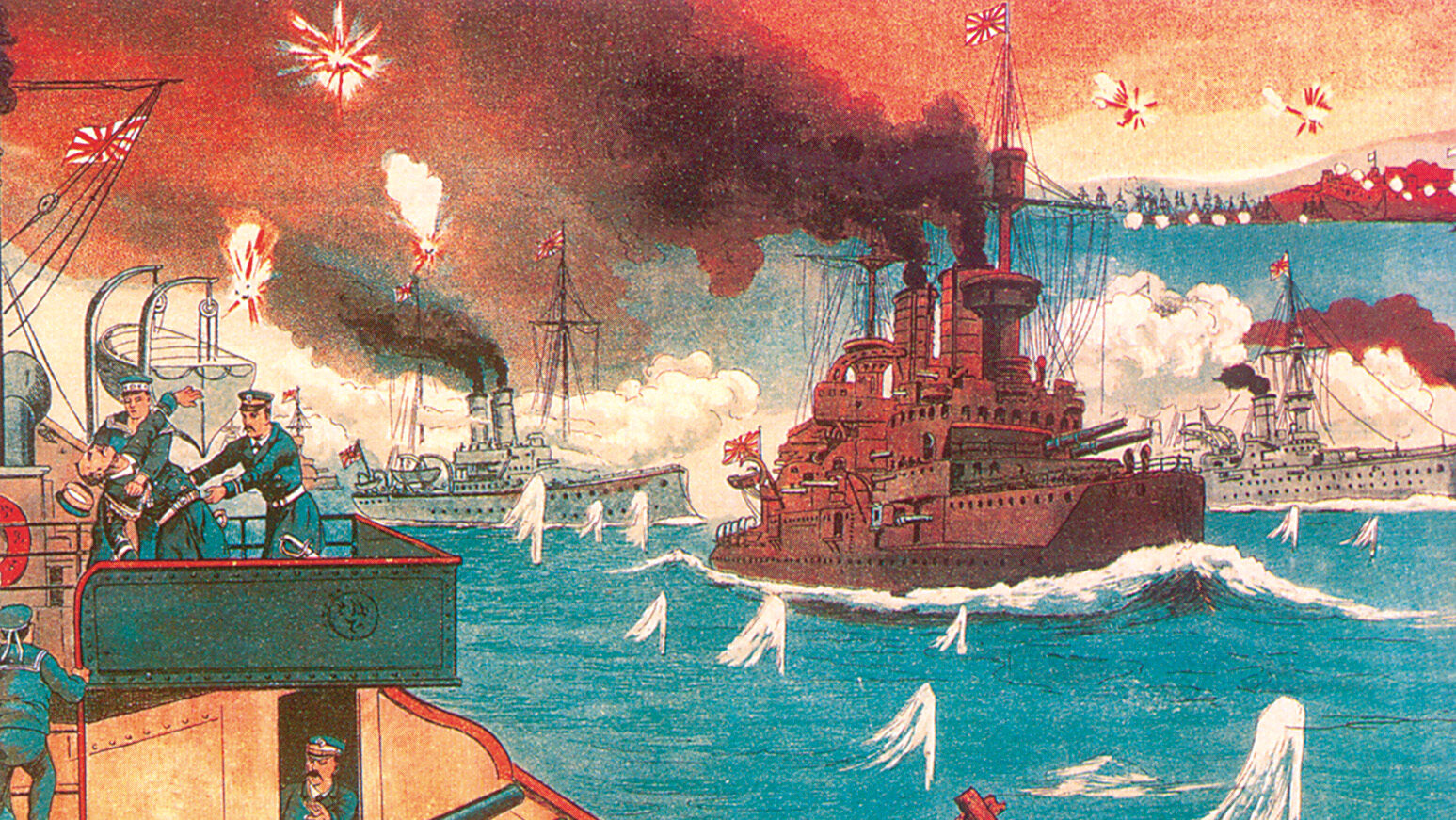
Join The Conversation
Comments
View All Comments